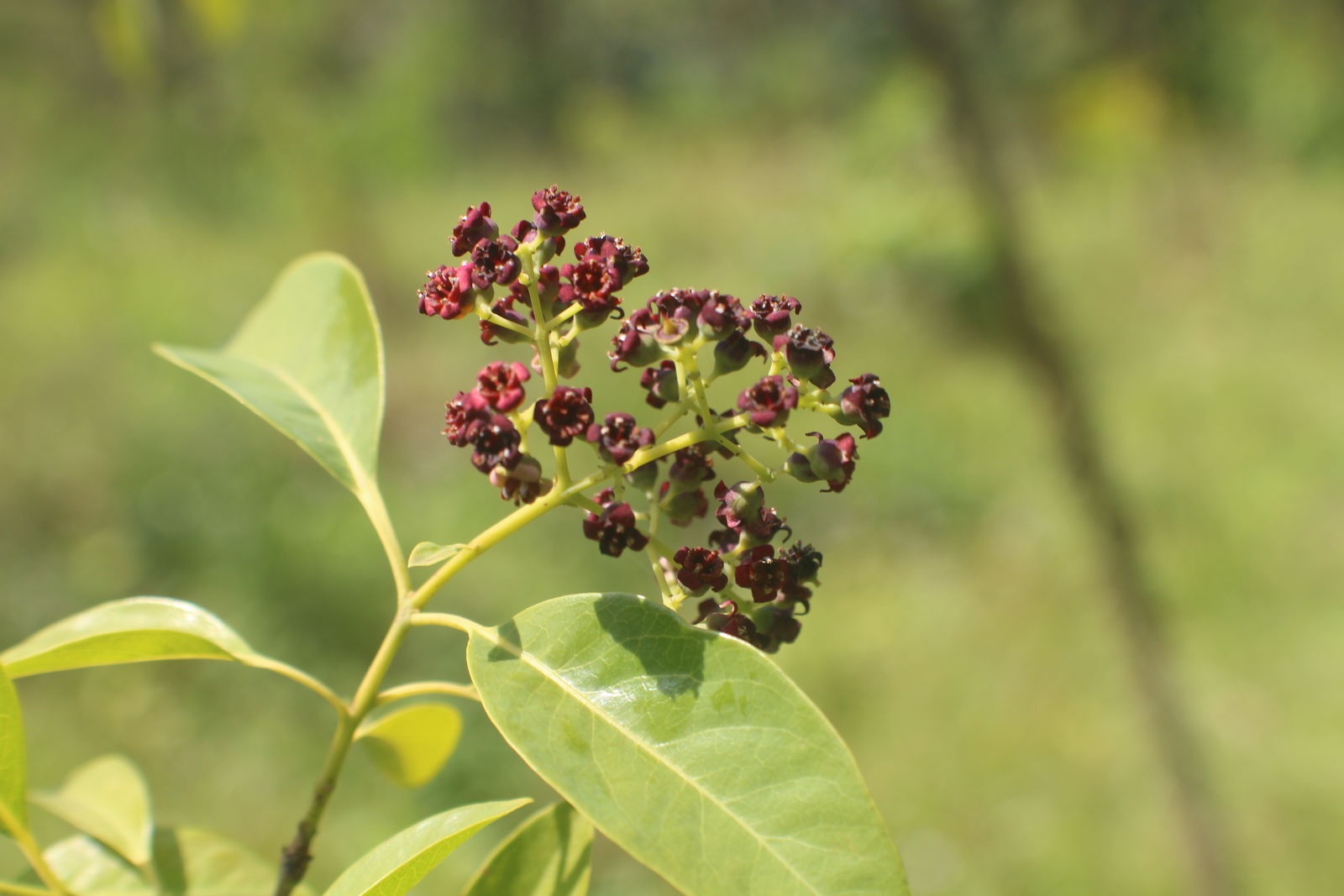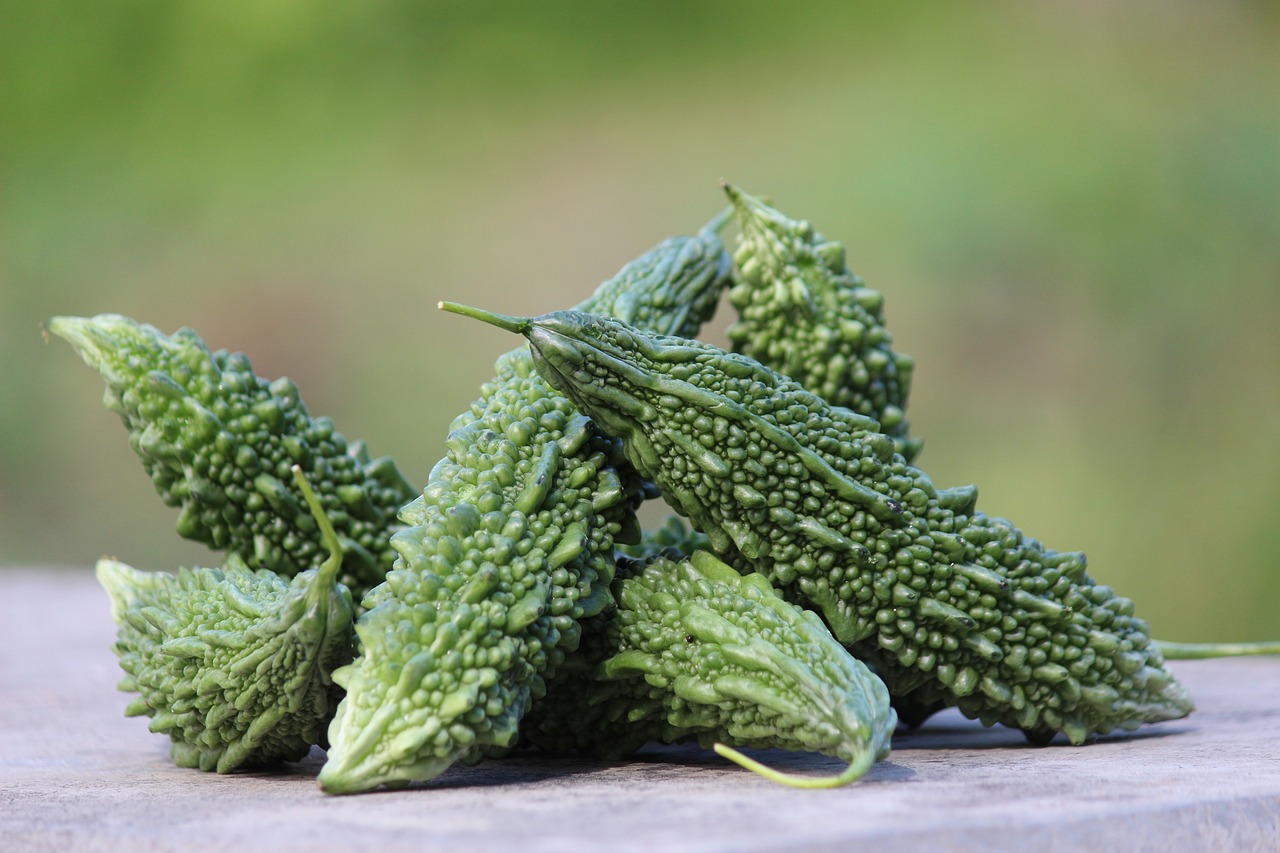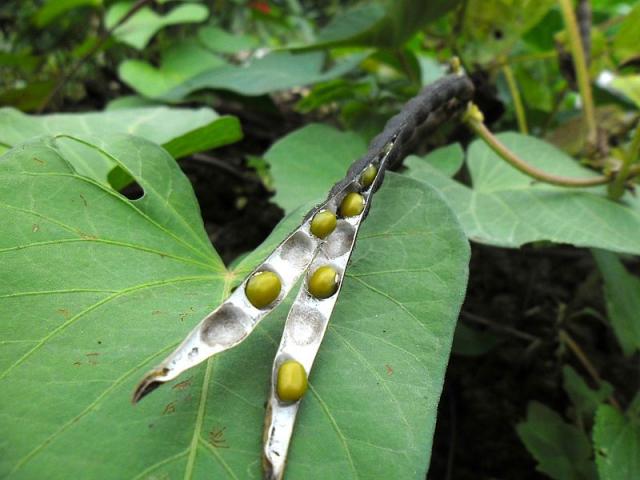BGDB Genome Resource Portal
Explore curated plant and crop genomes linked to the Bharat Genome Database. Access species-level resources, annotations, and reference information from a single, beautifully designed interface.
Explore genomes in the BGDB portal
Click on any species card to open its dedicated genome resource page, including taxonomy, biological relevance, and links to associated datasets.
-

Mangifera indica
Mangifera indica is classified as: Kingdom Plantae, Phylum Angiosperms, Class Eudicots, Order Sapindales, Family Anacardiaceae, Genus Mangifera, Species indica.
-

Oryza sativa
Rice is one of the most important staple foods worldwide, serving as a primary source of nutrition for a significant portion of the global population.
-

Santalum album
Santalum album, or Indian Sandalwood, is a small evergreen tree from the Santalaceae family, native to southern India and Southeast Asia, and prized for its aromatic heartwood.
-

Momordica charantia
Bitter gourd (Momordica charantia) is a tropical vine of the Cucurbitaceae family, cultivated for its distinctly bitter fruit with wide culinary and medicinal use.
-

Cajanus cajan
Cajanus cajan, or pigeon pea, is a perennial legume from the Fabaceae family, grown widely in tropical regions for its protein-rich seeds and soil-enriching properties.
-

Finger millet (Eleusine coracana)
Finger millet, also known as ragi, is an ancient grain valued for its high nutritional content, drought tolerance, and ability to thrive in poor soils across Africa and Asia.
-

Vigna mungo
Vigna mungo, or black gram (urad bean), is a key legume in South Asian cuisine, known for its small black seeds and rich, earthy flavor used in dals, batters, and fermented foods.